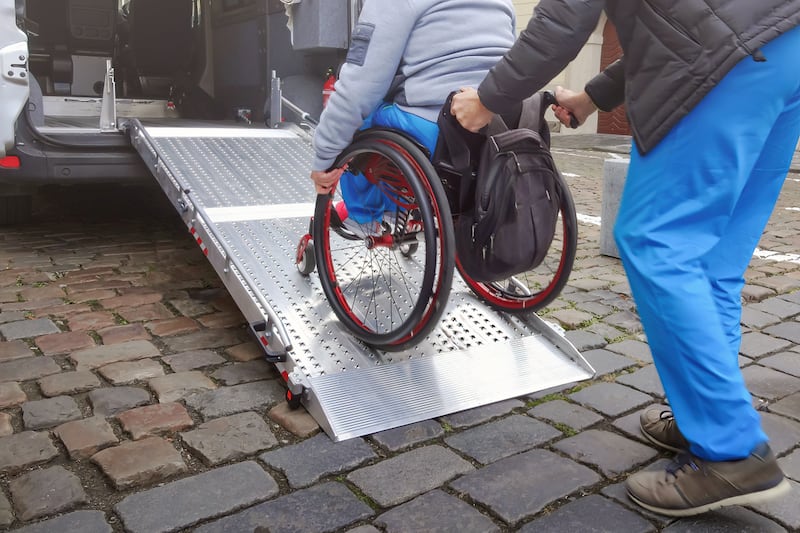Scampi and chips on a bench overlooking the harbour, as the hopeful gulls circle overhead. Sliding a boat off the slipway into ice-cold water the colour of kale. The heart-stopping, skin-stripping beauty of the cliffs on a windy day. Hook blinking across the bay. An after-work swim off Peg’s Rock or at Portally Cove. The frenetic pace of summer, and having the place all to yourself in winter. The huge Atlantic storms that roll in unexpectedly and remind you why you’re so insignificant. The way none of the weather apps on your phone ever manages to get it right.
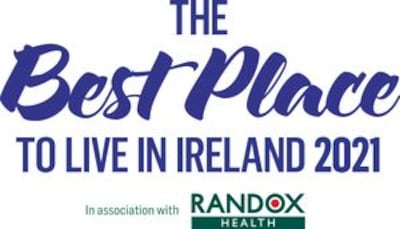
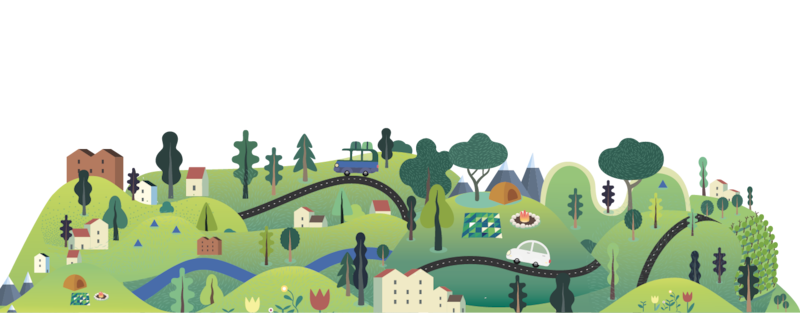
You know you’re living somewhere special when locals side-eye anyone who boasts too loudly about it. Now that I’ve outed Dunmore East, Co Waterford, as the best place to live in Ireland, I may not be welcome back.
In the interests of full disclosure, I don’t actually live there any more, but I feel a special kinship with the place, since it was Dunmore East that brought us back to Ireland. On a trip home from California in 2016, I sat drinking a milky coffee and watching the fishing boats, when I suddenly had the thought, “I could live here.” And that was it.
For two happy years it was home, before the practicalities of secondary school-age children brought us to Waterford city, Ireland’s second-best place to live.
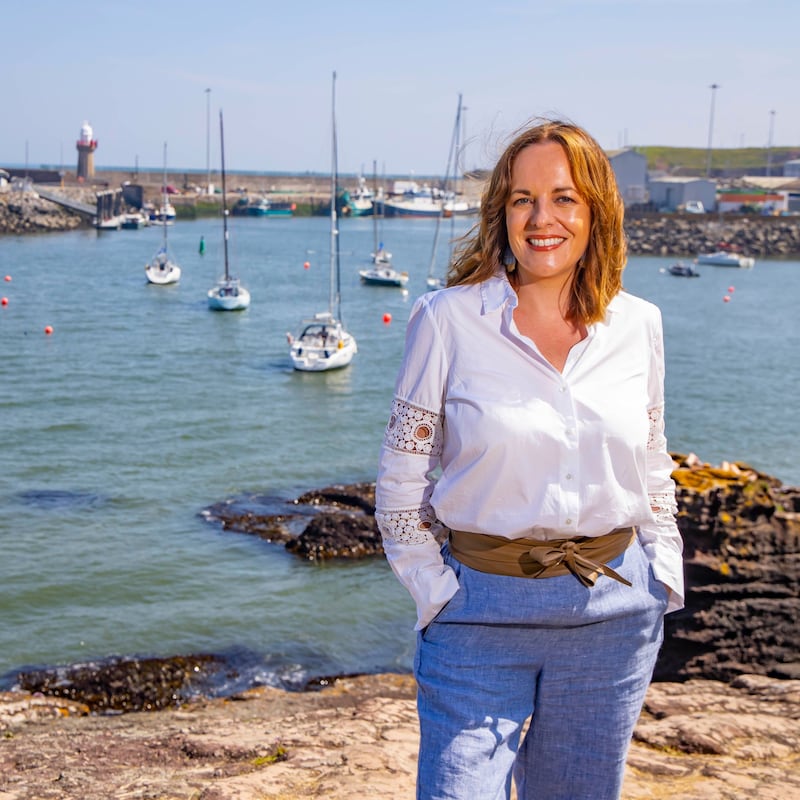
For a village of 1,800 people, it has everything, other than that secondary school: primary schools, a vibrant community, great restaurants, pubs, shops, a friendly sailing club and adventure centre, beaches and secret swimming spots, a well-kept park with a decent playground.
It’s small enough to feel safe, big enough to keep you interested, far enough away from the city to feel properly rural, close enough to mean you can be there and parked in 20 minutes.
We'll live in Dunmore East again some day, if they'll have me back. – Jennifer O'Connell
The pandemic has given us time to appreciate the beauty of our own area. I was brought up in Monkstown and Dalkey and, after the usual Irish emigrant sojourn abroad, I now live in Dún Laoghaire, so this neck of the woods has always been my stomping ground.
During lockdown, Dún Laoghaire has been transformed. Never as upmarket as its more prestigious neighbours Blackrock and Sandycove, and without the chi-chi boutiques and restaurants of Glasthule or Monkstown village, the old town of Dún Laoghaire always possessed a slightly down-at-heel look, like a well-lived face, creased and wrinkled but full of life, stories and attitude.
Critically, the town is home to various classes: a social mix is essential for a town to feel like a place rather than a destination.
Dún Laoghaire was – it is claimed – the world’s first suburb. The railway line from Dublin opened in 1833. Its Georgian and Victorian terraces and squares, tarted up a bit over the past few years, are majestic and as impressive as any in the country, with the possible exception of Cobh, our sister port.
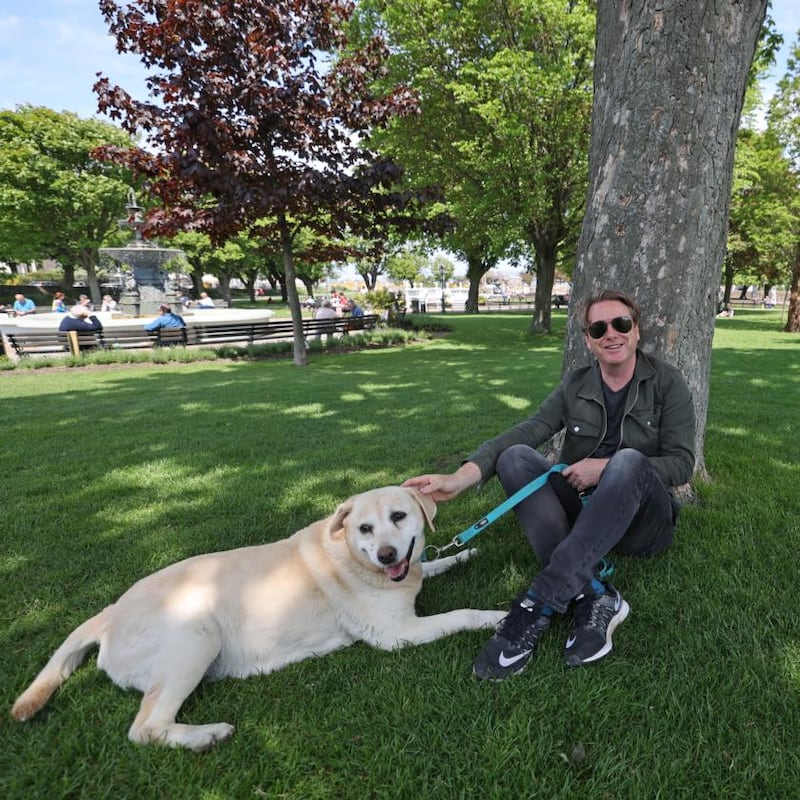
The public amenities are among the finest in the country, from the Dart and buses to the piers, the enormous harbour and the People’s Park. The town is neatly bookended by the Forty Foot on one side and Seapoint on the other, each with its own Martello tower.
Down by the sea, the place is unrecognisable from a few years ago. Hats off to the county council for using the pandemic to fast-track cycling lanes, creating a lovely walkable vibe, and opening up the bay to a town that had for years – quite bizarrely – turned its back to the sea.
Further inland, the main street needs a bit of love, and a new plan to liberate the street of cars is a wonderful initiative. Cheek by jowl hairdressers, nail bars, Polish shops, Asian supermarkets and hipster ramen joints jostle for passing trade. Old-time boozers, swanky cafes, Algerian falafel outlets, Argos, Tesco and upscale wine outlets vie for attention with pound shops and fast-fit exhaust outfits.
Dún Laoghaire main street is the only place where I've been quizzed about the intricacies of macro-economics and "started on" in the same conversation. Love it. – David McWilliams
On a Saturday morning run through Derry’s near-deserted city centre during the last lockdown, I still met two people I knew; one was a friend, the other a bishop.
Derry is that sort of place; it is Ireland’s fourth-largest city, but it still has that small-town feel, and I love the fact it’s impossible to go out without meeting someone you know.
Great for this is Sandino’s Bar on Water Street; even if you’re a stranger, you won’t be for long. It is named after the leader of the uprising in Nicaragua against US rule, and feels like a celebration of Derry’s rebellious spirit in what is, after all, the city of civil rights.
While Derry certainly has its history – don’t forget it’s the only completely walled city left in Ireland – it is also much changed since those days, and nothing symbolises this better than the Peace Bridge, a footbridge linking the city centre to the former British army barracks of Ebrington.
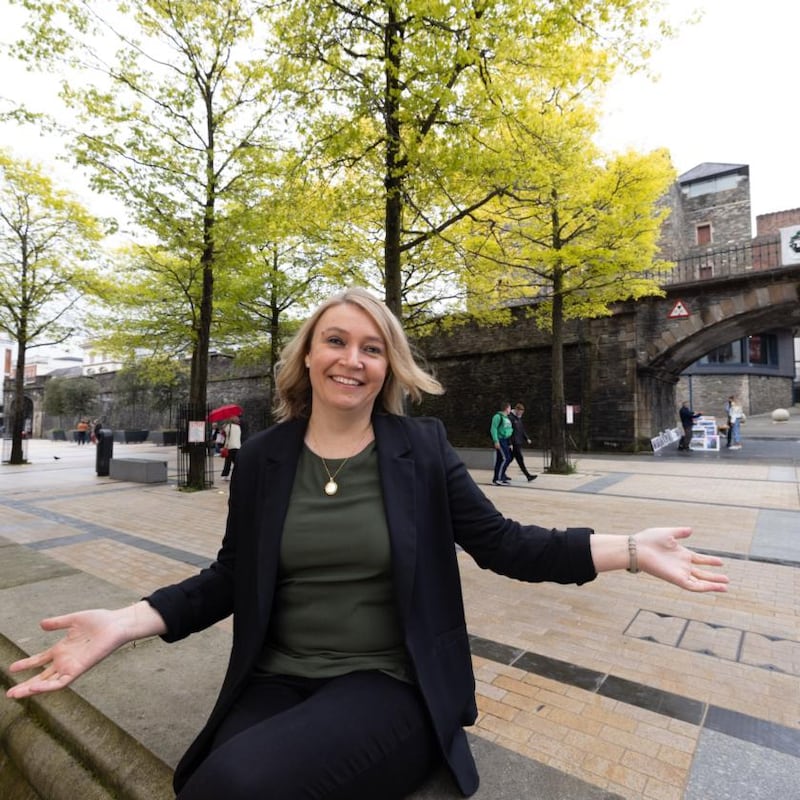
This was once strictly off limits, its precincts marked out by the tall sheets of green corrugated metal typical of security installations in the North; now, to quote Mickey Bradley of The Undertones, it is as if the city has acquired a “new room” in its metaphorical house, and one that has changed how we move about and enjoy the city, linking new riverfront walks to the huge St Columb’s Park, and bringing life into the square.
Here, the Walled City Brewery – a gastropub that brews its own beer – is typical of the city’s new food scene, though Fiorentini’s on the Strand Road still serves the best chips and ice cream in Derry.
We do also love our festivals – jazz on the May bank holiday weekend, the Clipper maritime festival in the summer and, most of all, Halloween, when the whole city dresses up and there is a huge fireworks display. Participation is not optional; my prize for best costume goes to the girl I saw one year dressed up as a custard cream.
All that plus Donegal and its beaches are right next door; the best thing about Derry, some say (though they're probably Donegal people). – Freya McClements
A few years ago, a well-known Fine Gael politician arrived up to Mud Island Community Garden in the North Strand for a photo shoot. The story goes that looking speculatively around the carefully tended oasis in the middle of the north inner city, he wondered why it hadn’t yet been turned into apartments. He was ushered out of there sharpish before he got any ideas.
We North Stranders, whether blow-ins like me or sixth-generation families, know good things when we see them. Mud Island, fragrant with flowers and herbs, an avid gardening community, a performance and party space and even a pizza oven, is one such very good thing.
So is the North Strand. (We don’t care if you don’t believe us. In fact, if you’re the doubting kind, we don’t want your sort around here.) What’s not to love about the location?
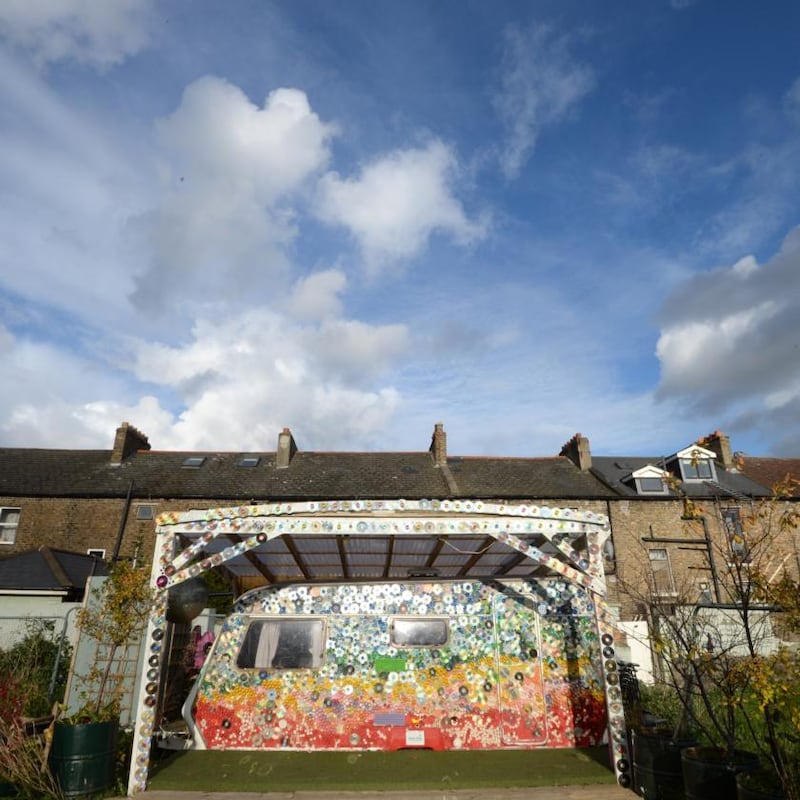
We can walk 15 minutes in one direction and be at the GPO. Fifteen minutes in the other, through glorious Fairview Park, and we’re on Clontarf promenade. A dreamy few minutes whizzing along the Royal Canal cycleway and we’re down at the shiny, buzzy docks.
But it’s the people who make it. Barry, who’ll feed your fish when you’re away and provide a spare key and a smile when you lock yourself out. Laura, who organises the weekly community clean-ups. Fionnuala, who helps transform hoardings with murals depicting heroes and heroines from our rich local history. Paula in Cloud Cafe, who gives you the gossip with excellent coffee, and Tino across the road in Da Mimmo’s, who has the best calzone this side of St Peter’s Square. Not forgetting Philip, the barman who (in better days) held court in Cusack’s pub.
If this weren't enough, we live in the shadow of the colosseum, aka Croke Park, which means living here feels almost like being at the heart not just of Dublin but of Ireland. What am I saying? It's the North Strand. We are the heart. – Róisín Ingle
The band REM could have selected any place in the world to settle for a prolonged period to create new work. Anywhere at all. But they chose Westmeath. Of all the warmer and more exclusive locations they could have chosen, they opted for a rural recording studio in a Georgian house near Moate, Co Westmeath, as the most inspiring, creatively nourishing place to be.
Why? Because Westmeath is one of the best places to live not only in Ireland, but in the world.
I’m from Dublin and have strong ties to west Kerry, so this isn’t blind nativist loyalty, it’s simply a recognition that Westmeath and the wider midlands represent a unique biosphere of peaceful lakes, dense forests, alluring peatlands, rich pastureland and richly wooded islands. At its best it’s a last rare bastion of ecological purity.
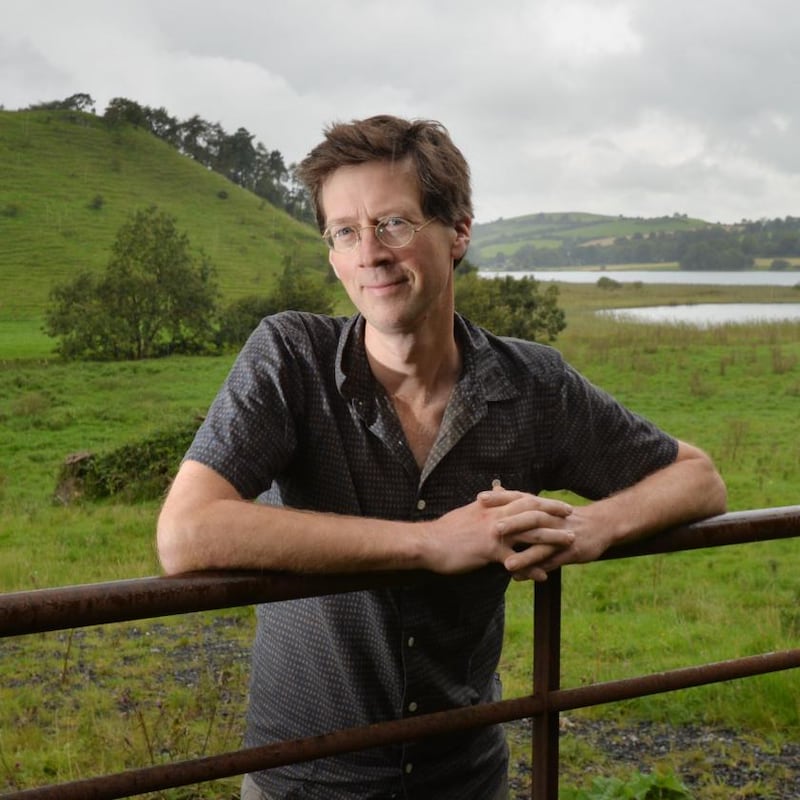
For thousands of years people from all over Ireland would gather at the Hill of Uisneach in Co Westmeath at the beginning of the growing season for a ritual of rejuvenation, sparking the land into fertility by means of sacred bonfires, which then spread out from the centre to all points throughout Ireland. It was a region of rejuvenation and replenishment, a place to gather energy for the season ahead. It still is.
It has not yet been commodified by tourism, or polluted by industry. There’s a wealth of old buildings awaiting restoration in the towns and countryside – from the grand turrets of old castles, to canal lock houses and old shepherds’ huts, not to mention stables and granaries, old mills and chapels.
With two major towns, Mullingar and Athlone, island-wide access along the N4 and N6, first-rate recreational activities along the Royal Canal Greenway and the Old Rail Trail, and the pristine lakes of Derryverragh, Owel and Lene, Westmeath is simply the best place to live in Ireland. – Manchán Magan
The Best Place to Live in Ireland 2021 is in association with Randox Health












